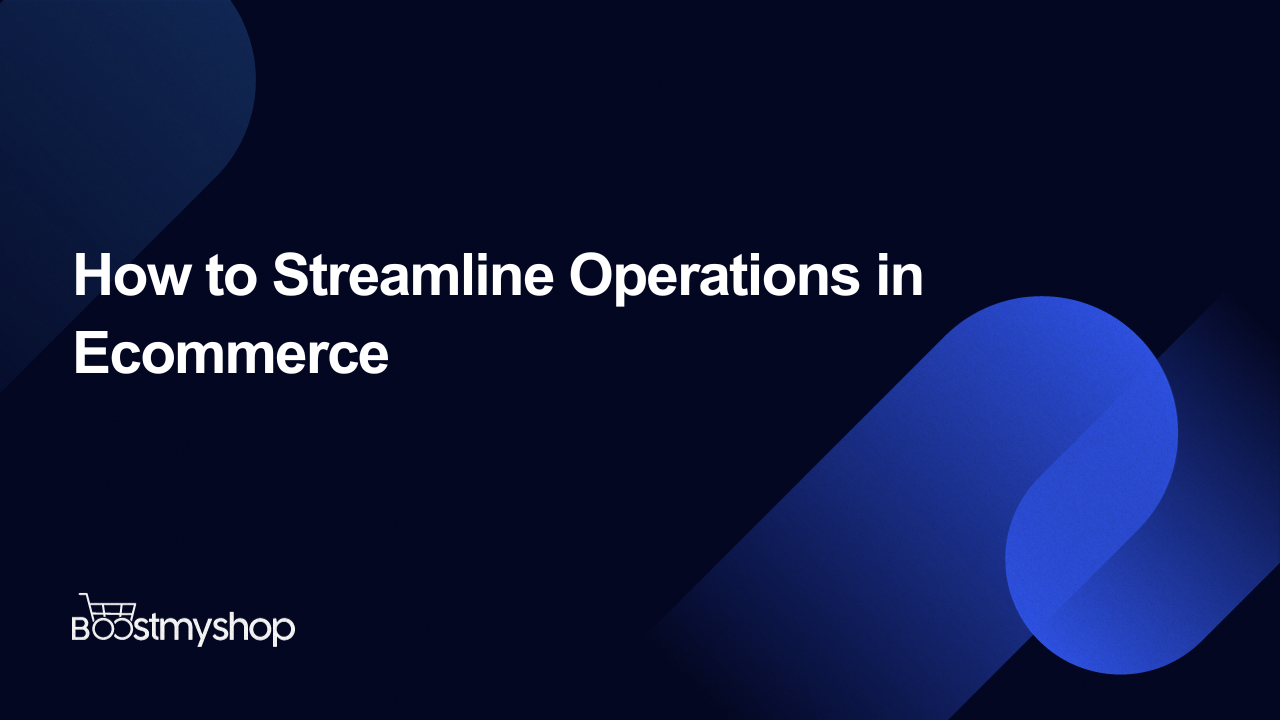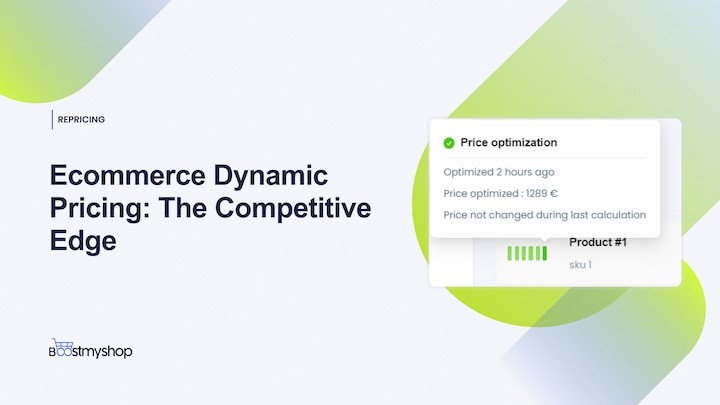Organic Traffic: 7 Ways to increase them via SEO
Organic traffic is essential for web sellers looking to attract and increase sales. By optimizing their website’s content, structure, and keywords, web sellers can improve their website’s visibility and ranking on search engines like Google, Bing, and Yahoo.
What is Organic Traffic?
Organic traffic refers to the visitors who come to your website through unpaid search results. It is an important metric for evaluating the effectiveness of your website’s search engine optimization (SEO) efforts. By optimizing your website’s content and structure to rank higher in search engine results pages (SERPs), you can increase your organic traffic and attract more potential customers to your site. Organic traffic is considered more valuable than paid traffic because it reflects a genuine interest in your products or services. By focusing on improving your website’s organic traffic, you can build a strong foundation for sustainable growth and success in the competitive online marketplace.
7 ways web sellers can drive organic traffic through e-commerce SEO.
1. Conduct Keyword Research
Keyword research is a fundamental step in e-commerce SEO. By researching relevant keywords and phrases related to your products and industry, you can optimize your website’s content and structure to attract organic traffic. You can use tools like Google Keyword Planner, SEMrush, and Ahrefs to conduct keyword research and identify high-volume, low-competition keywords.
2. Optimize Your Website’s Structure
Optimizing your website’s structure is essential for e-commerce SEO. This includes optimizing your website’s URL structure, navigation, and internal linking. By creating a clear and organized structure, you can make it easier for search engines to crawl and index your website, which can help improve your search engine ranking.
3. Create High-Quality Content
Creating high-quality content is one of the most effective ways to attract organic traffic through e-commerce SEO. By creating informative and engaging content, you can attract potential customers and establish yourself as an authority in your industry. This includes creating product descriptions, blog posts, videos, and other types of content that are optimized for your target keywords.
4. Build High-Quality Backlinks
Building high-quality backlinks is effective for e-commerce SEO. Backlinks are links from other websites that point to your website. By building high-quality backlinks from authoritative and relevant websites, you can improve your website’s authority and search engine ranking. This includes guest blogging, influencer outreach, and participating in online communities related to your industry.
5. Optimize Your Product Pages
Optimizing your product pages is essential for e-commerce SEO. This includes optimizing your product titles, descriptions, images, and videos for your target keywords. You can also use schema markup to provide additional information to search engines, such as product prices, reviews, and availability.
6. Use Social Media
Social media can be a powerful tool for e-commerce SEO. By promoting your products on social media platforms like Facebook, Instagram, and Twitter, you can attract potential customers and drive traffic to your website. You can also use social media to build backlinks, engage with your audience, and promote your content.
7. Monitor Your Website’s Analytics
Monitoring your website’s analytics is essential for e-commerce SEO. This includes tracking your website’s traffic, bounce rate, conversion rate, and other key performance indicators (KPIs). By monitoring your website’s analytics, you can identify areas for improvement and make data-driven decisions to optimize your website’s performance.
Conclusion
In conclusion, e-commerce SEO is essential for web sellers looking to attract organic traffic and increase sales. By conducting keyword research, optimizing your website’s structure, creating high-quality content, building high-quality backlinks, optimizing your product pages, using social media, and monitoring your website’s analytics, you can improve your website’s visibility and ranking on search engines. It’s important to remember that e-commerce SEO is an ongoing process that requires time, effort, and patience. By regularly implementing these strategies and measuring your results, you can optimize your website’s performance and drive business growth.







